Urbanization and Housing Demand
Urbanization in the UK is driving a surge in housing demand, which significantly impacts the engineered wood market. As cities expand, the need for affordable and efficient housing solutions becomes paramount. Engineered wood products are increasingly utilized in residential construction due to their lightweight nature and ease of installation. In 2025, the UK housing market is expected to require an additional 300,000 new homes annually, creating a substantial opportunity for engineered wood manufacturers. The versatility of engineered wood allows for innovative designs that cater to urban living, making it a preferred choice among architects and builders. This growing demand for housing, coupled with the benefits of engineered wood, positions the market for continued growth in the coming years.
Government Initiatives and Support
Government initiatives aimed at promoting sustainable construction practices are playing a crucial role in the engineered wood market. The UK government has introduced various policies and incentives to encourage the use of renewable materials in building projects. These initiatives include grants for sustainable building practices and regulations that favour the use of engineered wood in public sector projects. As a result, It is likely to benefit from increased public sector demand., which could account for up to 25% of total market growth by 2025. This supportive regulatory environment not only fosters innovation but also enhances the market's attractiveness to investors and manufacturers.
Consumer Preferences for Aesthetic Appeal
Consumer preferences in the UK are increasingly leaning towards aesthetic appeal in construction materials, which significantly influences the engineered wood market. Homeowners and builders are drawn to the natural look and feel of engineered wood products, which can be seamlessly integrated into various architectural styles. This trend is particularly evident in residential and commercial projects where design plays a pivotal role. In 2025, it is estimated that the demand for engineered wood products with unique finishes and textures will rise by 20%, reflecting a shift towards more visually appealing building materials. As consumer tastes evolve, the engineered wood market is likely to adapt, offering a wider range of products that cater to these aesthetic preferences.
Technological Innovations in Manufacturing
Technological advancements in manufacturing processes are reshaping the engineered wood market in the UK. Innovations such as automated production lines and advanced adhesives enhance the quality and efficiency of engineered wood products. These technologies not only reduce production costs but also improve the performance characteristics of the materials, making them more appealing to builders and consumers alike. In 2025, it is anticipated that the adoption of these technologies will lead to a 15% increase in production capacity within the engineered wood market. As manufacturers invest in research and development, the introduction of new products and improved manufacturing techniques will likely drive market growth and competitiveness.
Rising Demand for Sustainable Building Materials
The engineered wood market in the UK is experiencing a notable increase in demand for sustainable building materials. This trend is largely driven by heightened environmental awareness among consumers and regulatory bodies. The UK government has set ambitious targets for reducing carbon emissions, which has led to a shift towards eco-friendly construction practices. Engineered wood products, such as cross-laminated timber and laminated veneer lumber, are increasingly favoured due to their lower carbon footprint compared to traditional materials. In 2025, the market for engineered wood is projected to grow by approximately 8% annually, reflecting the construction industry's commitment to sustainability. This shift not only aligns with consumer preferences but also supports the engineered wood market's growth as builders seek to meet stringent environmental standards.


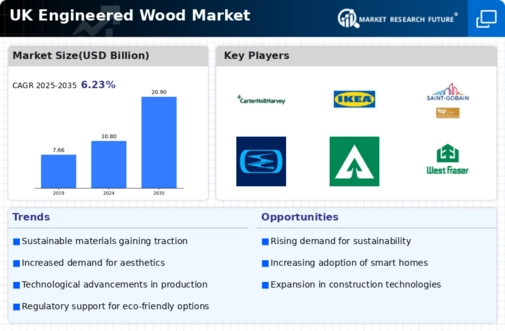

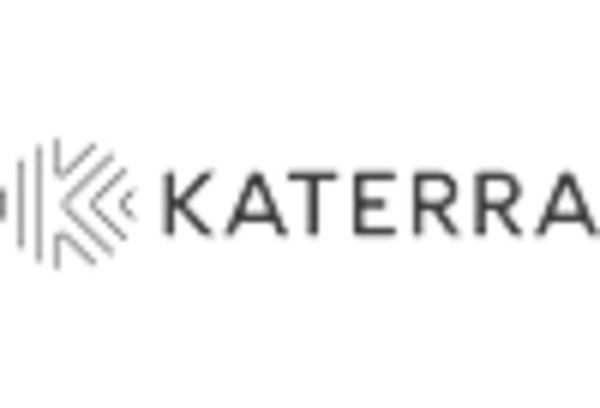
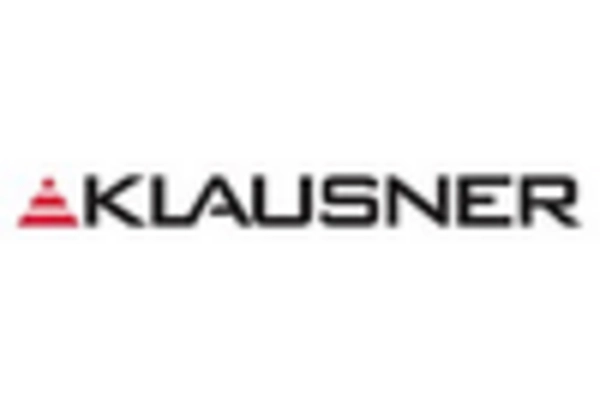
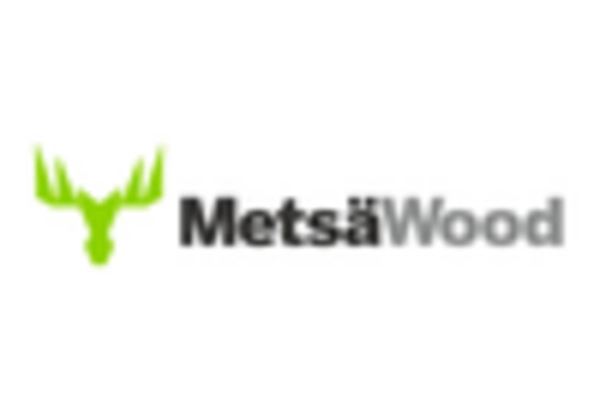
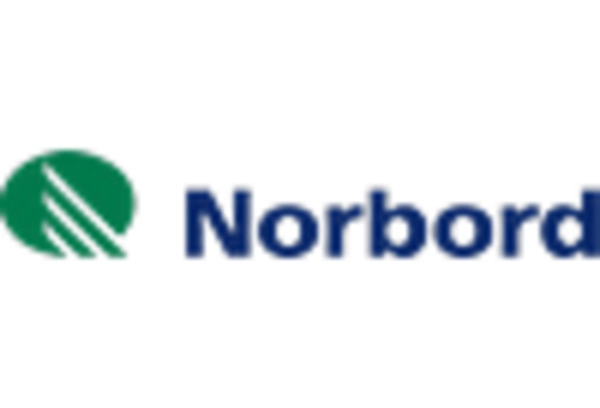
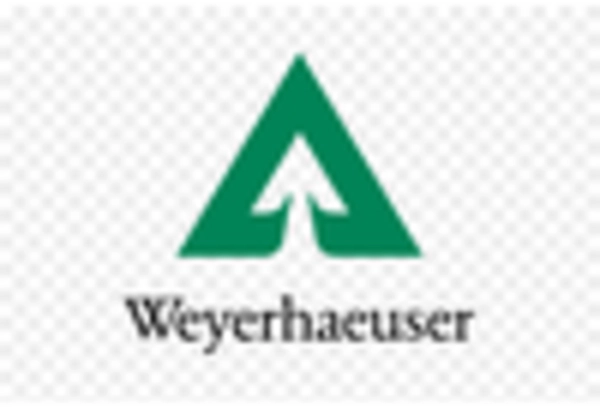








Leave a Comment